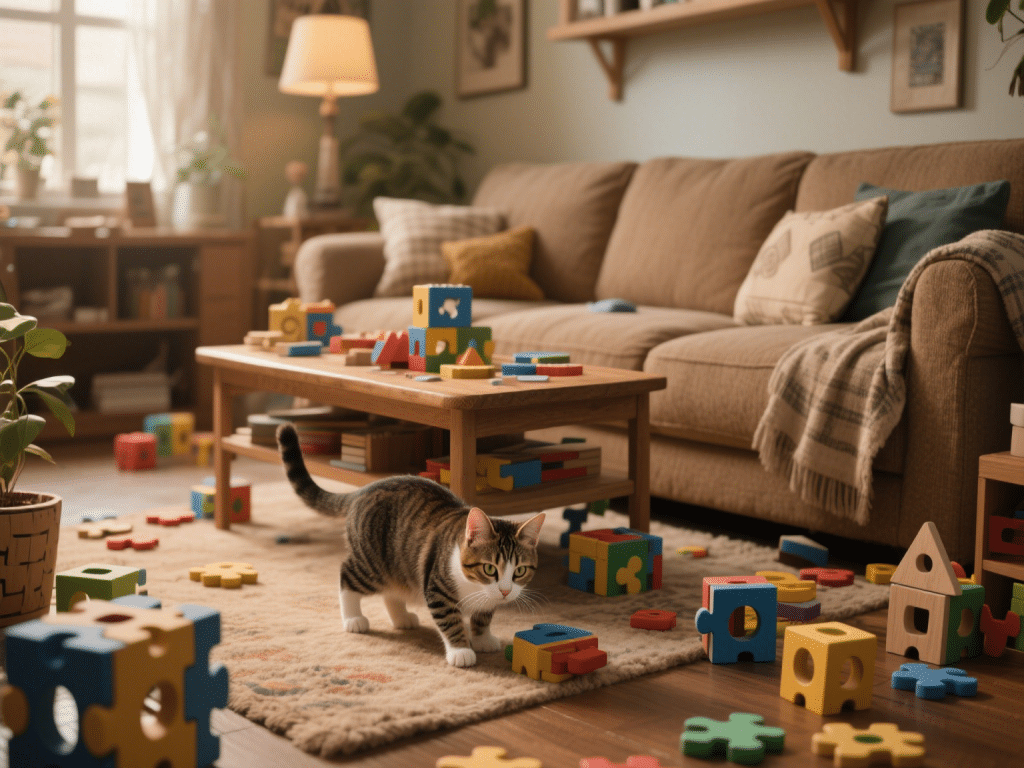
Indoor cats face a unique challenge: limited space and fewer natural stimuli can lead to boredom, stress, and unwanted behaviors like scratching furniture or overeating. The solution? Simple, low‑cost DIY enrichment projects that tap into your cat’s hunting instincts and curiosity. In this guide, I’ll walk you through creating safe, engaging toys and games that you can assemble in minutes using household materials, ensuring your cat stays mentally and physically stimulated.
1. The Importance of Enrichment
Enrichment goes beyond mere play—it’s essential for feline welfare. Studies show enriched environments boost cognitive function, reduce anxiety, and curb destructive behaviors. By mimicking the unpredictability of the outdoors in a controlled indoor setting, you help your cat lead a fuller, happier life.
2. Easy DIY Toy Projects
A. Treat‑Dispensing Toilet‑Paper Roll
Materials: Empty cardboard tube, scissors, cat treats.
Steps: Cut holes along the tube, toss in treats, fold ends slightly to retain contents.
Play Value: Cats paw and roll the tube to release treats.
B. Feather Teaser on a Stick
Materials: Wooden skewer, string, feather (or ribbon).
Steps: Tie feather securely to string; affix string to skewer.
Play Value: Simulates bird prey—ideal for interactive sessions.
C. Crinkle Tunnel
Materials: Reusable shopping bag, tape.
Steps: Cut both ends of the bag for entry/exit; reinforce edges with tape.
Play Value: Offers hiding, ambush, and sensory crinkle sounds.
3. Puzzle Station Setup
Multi‑Level Platform: Stack sturdy boxes or shelves at varying heights.
Scent Trails: Rub a treat or catnip along pathways.
Rotating Challenges: Weekly swap items (toys, containers) to sustain interest.
4. Incorporating Technology
Automated laser pointers or pet‑safe motion‑activated toys can supplement DIY efforts. Ensure supervised use to prevent frustration or obsessive behaviors.
5. Safety First
Non‑Toxic Materials: Avoid small parts that can be ingested.
Supervision: Especially for string‑based toys to prevent entanglement.
Regular Inspection: Discard worn or damaged DIY toys promptly.
6. Measuring Enrichment Success
Track behavior changes: reduced scratching of furniture, calmer mealtimes, and renewed play drive. A happy, engaged cat is one that sleeps peacefully afterward—look for contented “chirps” and slow‑blinks as your indicator.
Takeaway: With minimal cost and effort, you can transform everyday items into enriching adventures for your cat. DIY toys not only stimulate their instincts but also deepen the human‑cat bond as you play and create together. Try one project today and watch your feline friend pounce with delight!

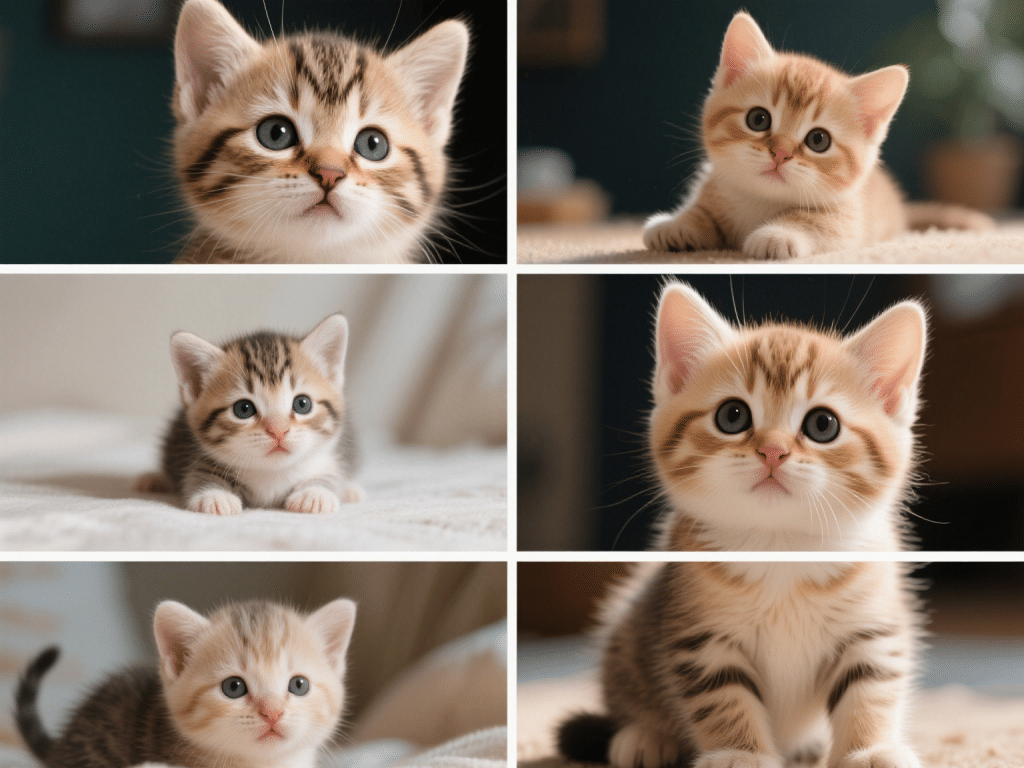

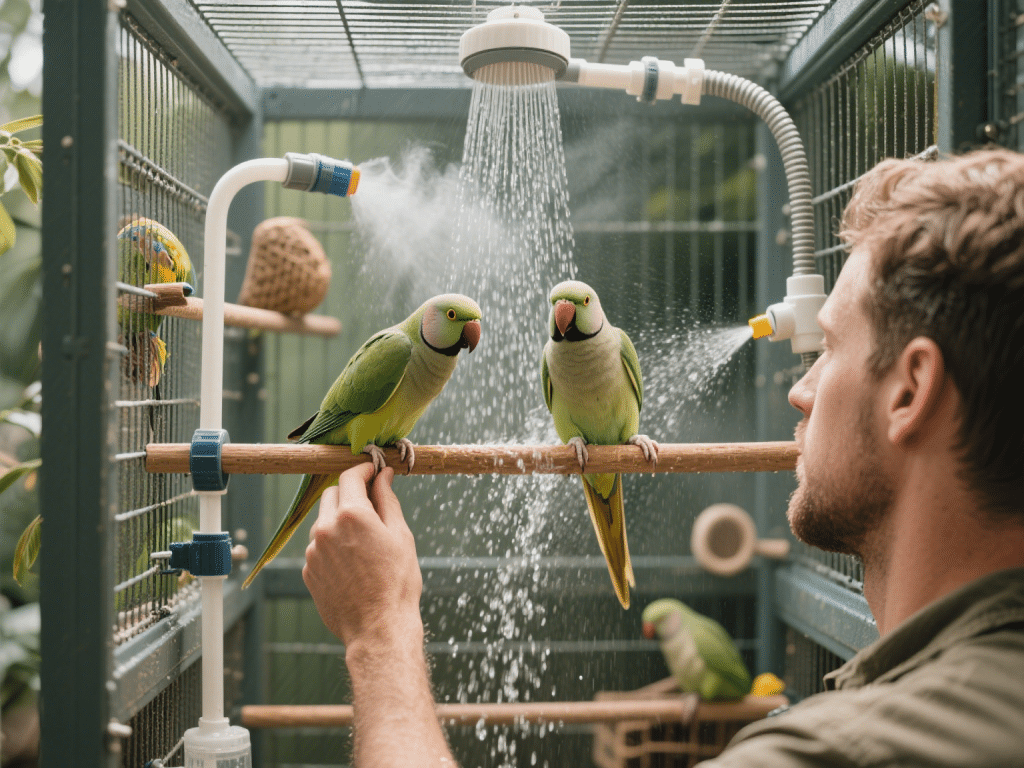
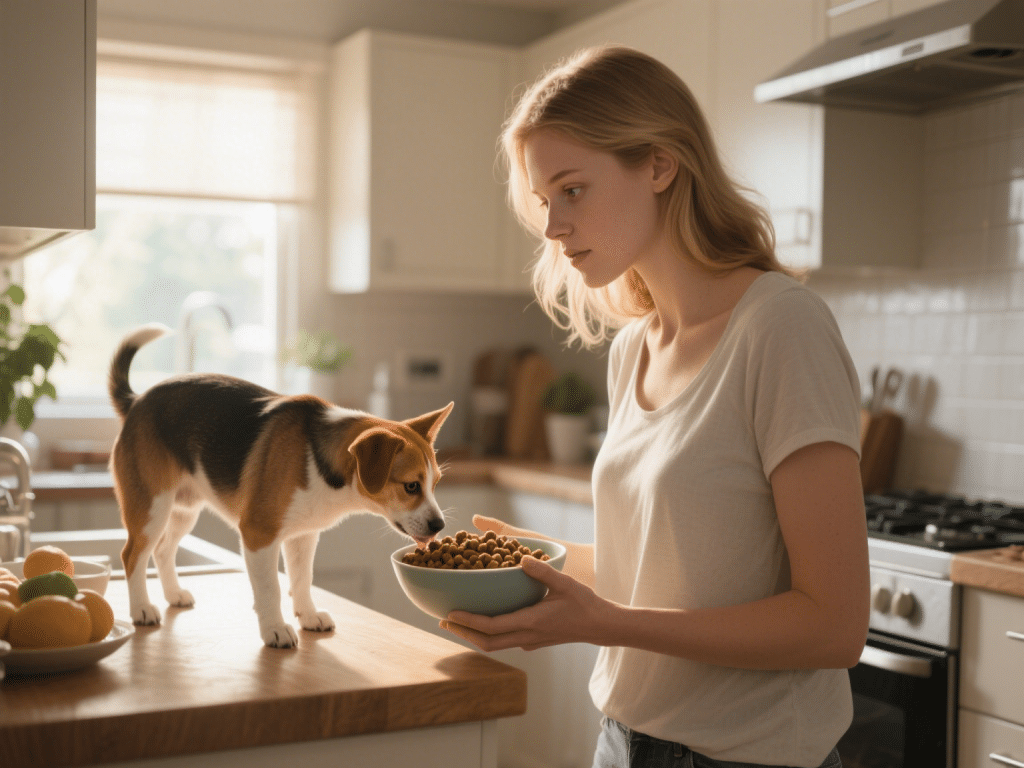



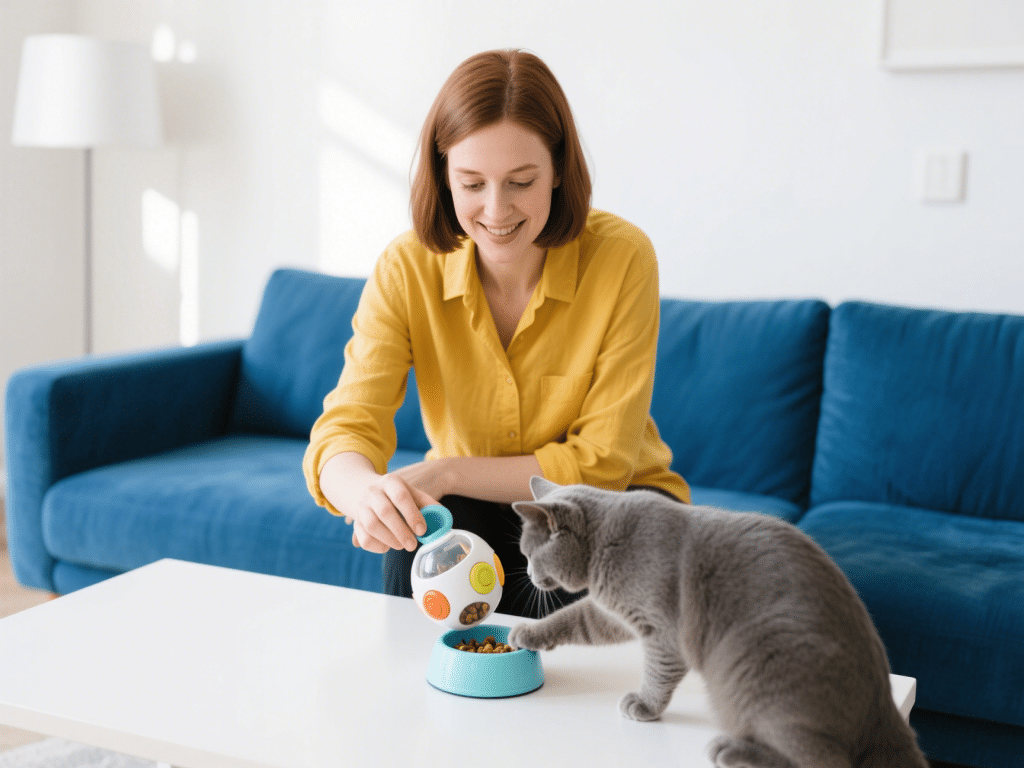
Comments on " DIY Cat Enrichment: Crafting At-Home Toys and Games to Keep Your Cat Mentally Sharp" :